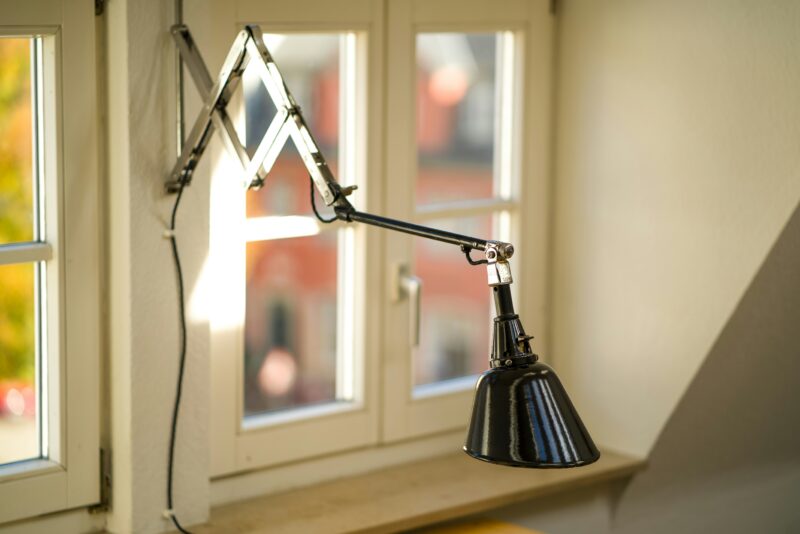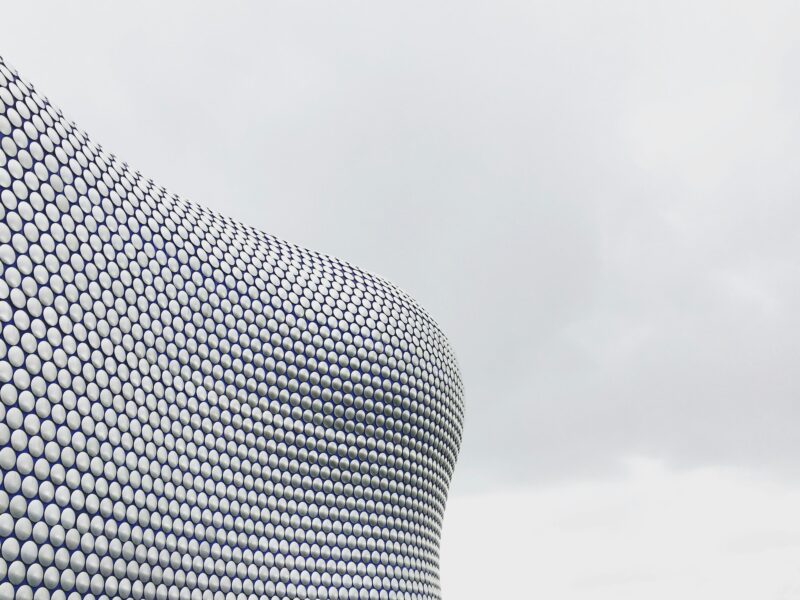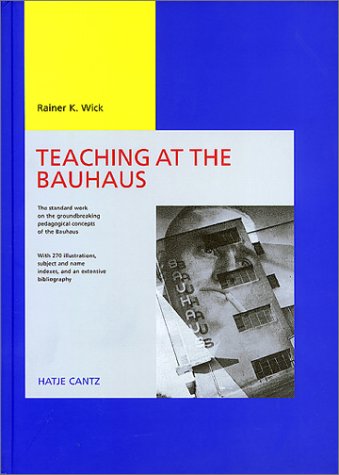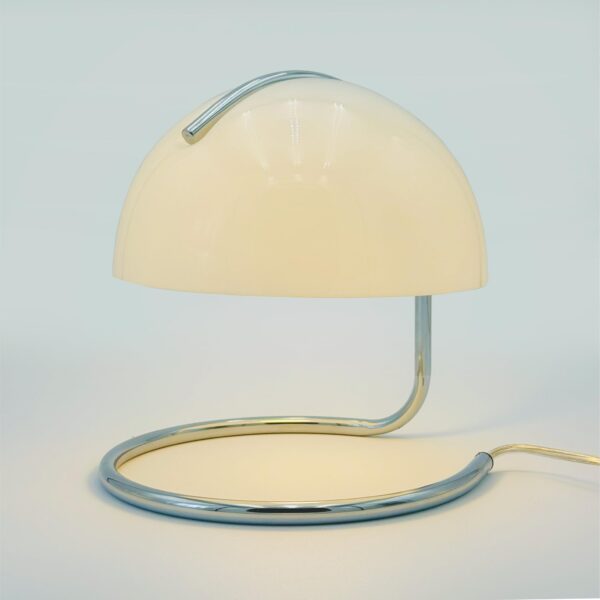
The Bauhaus, founded in 1919 by Walter Gropius in Weimar, Germany, stands as one of the most influential art and design schools of the 20th century. It introduced a revolutionary approach that blended crafts and fine arts, which significantly shaped modern design and architecture. This institution was more than a school—it was a catalyst for change, creating a new design ethos characterized by a synthesis of art, technology, and industry. Through its interdisciplinary and innovative teaching methods, the Bauhaus movement laid the foundation for modern design, resonating even today with its minimalist principles and functional aesthetics.

The Bauhaus, officially known as Staatliches Bauhaus, emerged in a post-World War I Germany ripe for cultural experimentation. Gropius aimed to unite art, craft, and technology under a utopian vision, giving birth to a new design philosophy that prioritized functionality, simplicity, and mass production. This new approach was embodied in the slogan “Art into Industry,” signifying a shift towards designing for the realities of industrial manufacturing. For more historical context, visit Getty Research Institute.
With an innovative curriculum, the Bauhaus focused on craft-driven education that integrated fine arts with practical design. Students encountered a preliminary course in materials, color theory, and form, guided by avant-garde artists like Paul Klee and Wassily Kandinsky. Post-foundational studies involved specialized workshops in metalworking, cabinetmaking, weaving, and pottery—each fostering groundbreaking innovations. Pieces such as Marcel Breuer's furniture and iconic Bauhaus chairs are examples of Bauhaus's output.
The Bauhaus's journey through Weimar, Dessau, and Berlin reflected not only a geographical movement but also an architectural evolution. In Dessau, Gropius designed and crafted a flagship building using steel-frame and glass curtain walls—a statement piece of modernist architecture. These locations embodied the Bauhaus ethos, merging transparency with space functionality.

Despite its groundbreaking achievements, the Bauhaus was not immune to political turmoil. With the rise of the Nazi regime, the school faced ideological opposition, branded as a symbol of Bolshevism. In 1933, political pressures culminated in its closure. Yet, the Bauhaus spirit triumphed as its members, including figures like Ludwig Mies van der Rohe and Walter Gropius, emigrated to the United States, influencing American architectural education at institutions such as Harvard and the Illinois Institute of Technology.

The legacy of Bauhaus is profound, extending far beyond its brief existence. The influence of Bauhaus is evident across modern furniture, architecture, and graphic design. Its emphasis on geometric forms, utility, and integration with technology reshaped design training and philosophy worldwide. Modern eco-friendly home designs, for example, echo Bauhaus principles by prioritizing sustainability and aesthetic integration.
Bauhaus's emphasis on interdisciplinary studies and minimalism has left an indelible mark on contemporary design. Events celebrating the school's centenary highlighted its ongoing relevance in modern culture. Institutions such as the Bauhaus Museum in Dessau honor this legacy by preserving the principles and innovations of Bauhaus while educating new generations about its boundless impact.
| Key Figures | Contribution |
|---|---|
| Walter Gropius | Founder; emphasized integration of art and industry |
| Marcel Breuer | Innovative furniture design |
| Marianne Brandt | Pioneered metalwork design |
| Paul Klee | Influential theorist and instructor |
The Bauhaus continues to inspire the fields of architecture, design, and education, reminding us of the importance of merging artistic vision with practical application. Its teachings and ethos serve as a beacon for the continuous evolution of design, illustrating the power of creativity when coupled with purpose and functionality. The Bauhaus Archive and other cultural initiatives uphold the innovative spirit of a movement that truly revolutionized modern design.

Embark on a historical journey through "Teaching at Bauhaus" by Gabriele Grawe, a cornerstone tome that meticulously catalogues the immersive educational ethos that made the Bauhaus movement a nexus of modern design. The book's cover, with its stark use of geometric clarity and sans-serif typography, is a testament to the Bauhaus aesthetic. Within, one finds an insightful expanse of teachings that continue to inform architecture, art, and design pedagogy. The book is not only an educational resource but a beacon of inspiration for creators and educators alike, bridging past innovation with contemporary practice. Embrace the enduring legacy of the Bauhaus through this rigorous exploration.
Discover the revolutionary pedagogy of the Bauhaus with this definitive guide.

Bearing the minimalist essence of Bauhaus design, the Lotus Atelier Mushroom Aesthetic Lighting is a sublime blend of function and form. Its dome-shaped, mushroom-like cap diffuses light elegantly, creating a warm, immersive ambiance. Expertly crafted, the lamp features a smooth, streamlined metallic stem and base, exuding an air of sophistication that complements any modern interior. Its design pays homage to the Bauhaus tenet of uniting art with industrial functionality, making it not just a source of illumination but a piece of history reimagined for contemporary settings. Discover the perfect fusion of Bauhaus-inspired design and modern lighting with this exquisite piece.
Explore the Lotus Atelier Mushroom Lamp
Please note that I'm unable to process the image you've provided. If you have specific details about the product that you'd like to include in the description, please let me know, and I'll be happy to help.
As we wrap up our exploration of the Bauhaus movement and its profound impact on modern design, we hope you've found inspiration in its philosophy and aesthetic. If you're just as captivated by the fusion of crafts and fine arts as we are, why not dive deeper? Stay connected with us on Pinterest for a visual feast of design innovation. For a daily dose of architecture and art magic directly on your feed, follow our journey on Instagram and join our creative community on X. We're also sharing the latest and greatest on Facebook, where you can join the conversation and get more insights into how Bauhaus continues to influence design today. We can't wait to connect with you—all are welcome in our little corner of the design world!
